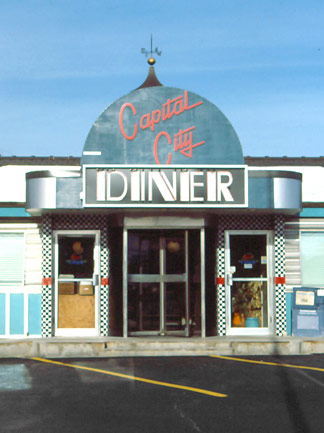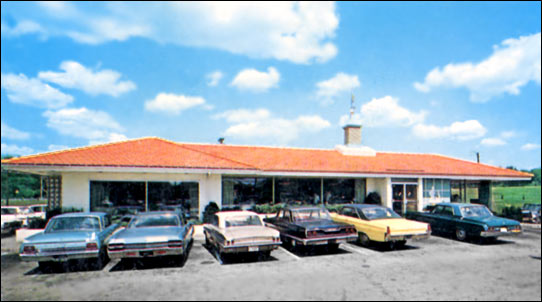 |
| Postcard ca 1960s: Kummerlowe Archive |
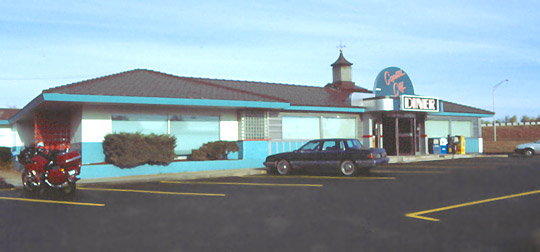 |
| Photos: Larry Cultrera |
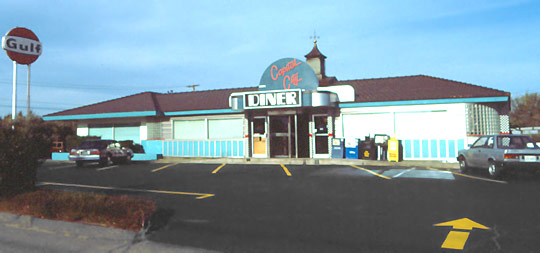 |
| Nate's
commentary continues: Unlike later HJ locations, the restaurant and the motor lodge were constructed as separate facilities. The restaurant faced Route 3, whereas the motor lodge faced Route 93. A small access road connected the restaurant to the motor lodge, and the restaurant featured a unique forward-set wing on the left-hand side, providing it with greater capacity and dining space than other Nims locations. For 30 years Concord was a very successful franchise for HJ--clearly attributable to its excellent position and visibility among motorists. The restaurant was re-branded the Capital City Diner (a 1950s retro diner) and the motor lodge was converted to an Econo Lodge. The new restaurant retained a greater majority of its external HJ elements, with the exception of its orange roof, which was painted white. |
|
Even the trapezoid type sign survived, advertising the new restaurant. Next door, the gate lodge was shorn entirely of its cupola and tiled roof, while the motor lodge structure remained largely unaltered. Inevitably, the lifeline for Concord began to end in the late 1990s. The gate lodge and motor lodge were both razed and replaced with a modern Fairfield Inn in 1998. Two years later, in 2000, the restaurant was finally torn down to make way for a New Hampshire restaurant chain called The Common Man. Thus, New Hampshire’s first restaurant and motor lodge combination unit passed into history, all but forgotten today. Special thanks to Larry for his photos and especially to Nate for his photos, research and expert commentary! |
 |
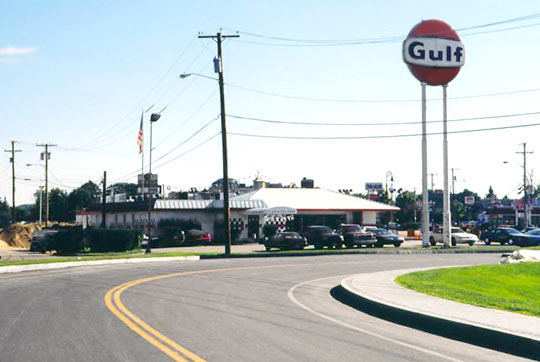 |
| Photos: Nate Coggeshall-Beyea |
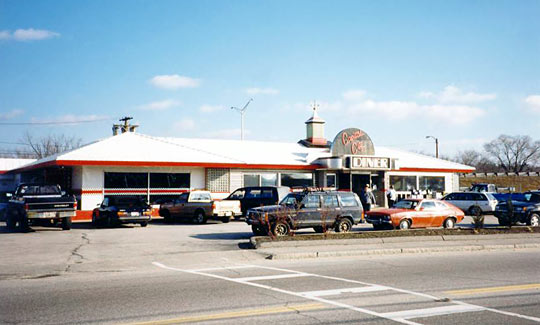 |
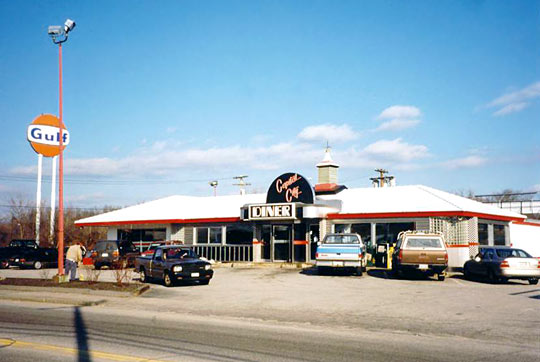 |
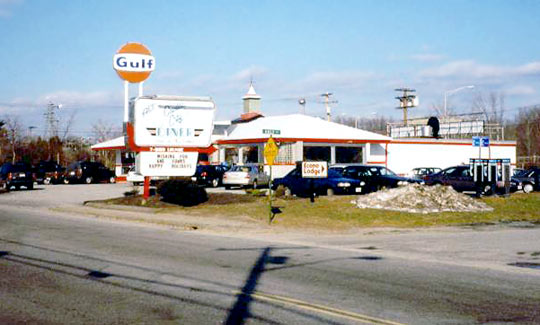 |
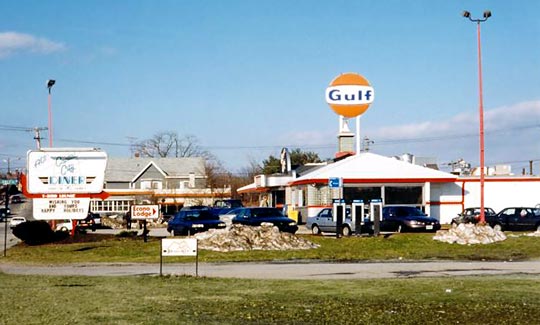 |
The
purpose of this site is informational. It is neither commercial
nor representative of any brand, company, or business. Trade names,
trademarks, etc. that are depicted remain the property of their
respective owners. Please contact this site's owner
prior to reproducing any part of it. Works from contributors (includes
photographs, ephemera, etc.) must not be reproduced without their
explicit consent. |
